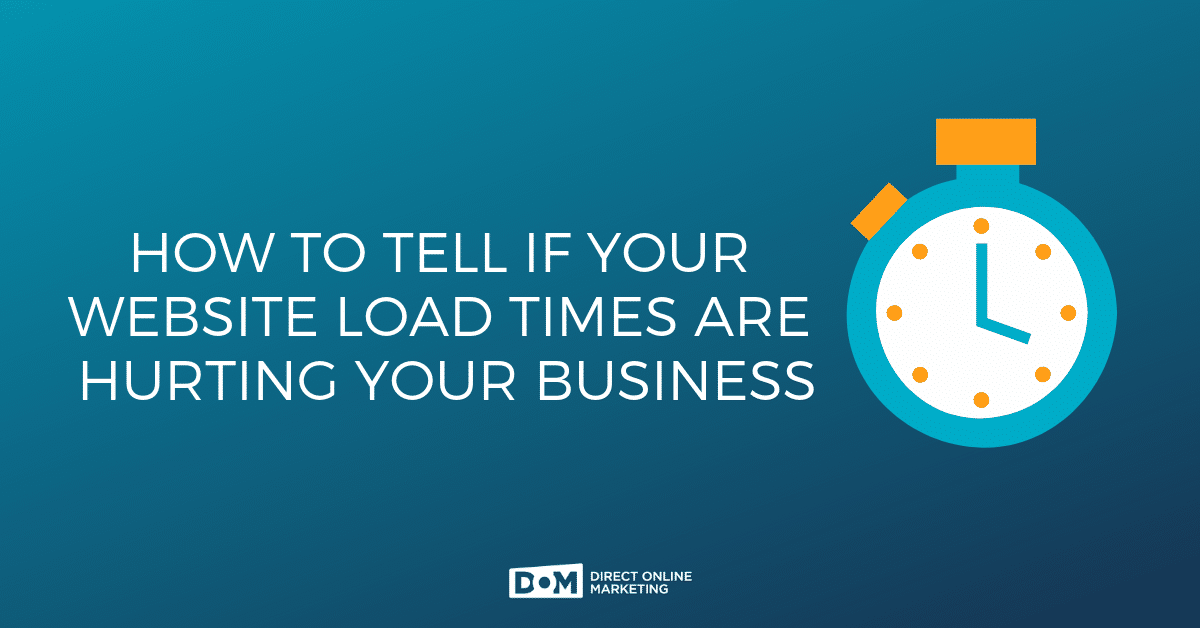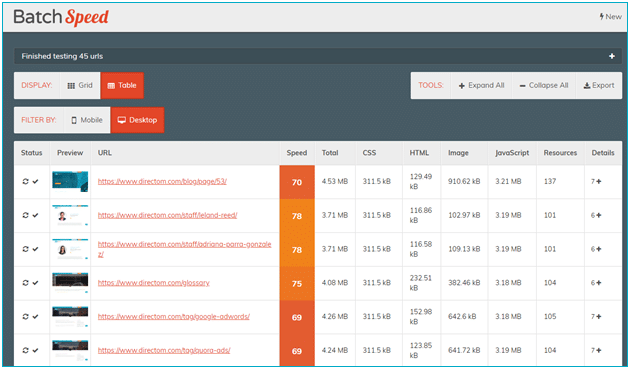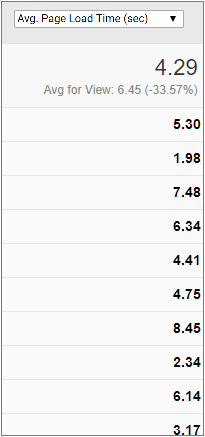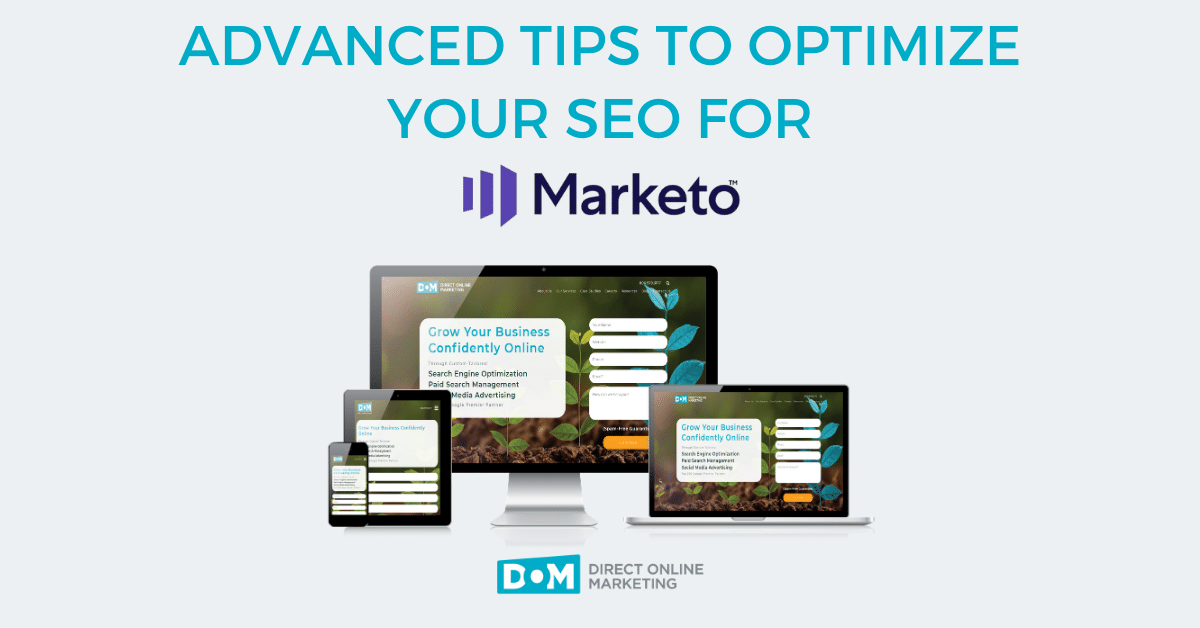
Will A Slow Website Impact Sales?
When your website loading speed is slow, your page load times can affect every metric that matters to you.
Gone are the days of dial-up Internet when the average load time for a page was eight seconds. That might not seem like a lot, but for visitors to your site, it can feel like an eternity.
Consider that in an age where our time and attention is limited, users are less likely to bounce from websites that load quickly. No matter what kind of content your website serves, — e-commerce, informational, SaaS, etc.— its success is affected by site speed.
In this article, we cover how to tell if your website is just too slow.
Why You Should Care About Website Loading Speed
Site speed matters because a faster website makes you more money.
As mobile technology and Internet connections continue to improve, the average person browsing the Internet has high expectations for load speed.
A Note About U.S. vs. Global Site Speeds
If the majority of your prospects and customers reside within the contiguous United States (excluding Hawaii and Alaska), load times will generally be consistent. However, a lot can impact someone’s load times, including their connection speed (cable, mobile data, fiber optics, etc.), distance from servers, the capacity of your hosting, and more. For smaller businesses, it is important to fully vet your hosting situation’s details, such as location. Here’s a list of hosting solutions for small businesses that might be helpful to begin your journey.
More importantly, your site speeds will vary across the world. If you’re in the U.S. and serve people all over the world, you need to assume that their load time, depending on location, is going to be much longer than you see at home.
Most often, think of Africa and many parts of Asia. Internet is slower in many of these places and a large number of users are accessing the web via their mobile devices. If you have ever spent extended periods in an area with less than ideal data coverage, you’ve probably noticed that download speeds are far from consistent.
And if you’re in China, the Great Firewall can put a major damper on speed.
How a Slow Website Impacts Your Bottom Line
In one study, over a quarter of participants stated they would abandon a webpage that takes four or more seconds to load. Additionally, a one-second delay in page response can result in a 7% reduction in conversions.
To get a better sense of how that one-second delay impacts your bottom line, let’s suppose you have an e-commerce store that, on average, pulls in $100,000 a day. With a 7% reduction in conversions, this translates to a $2.5 million loss in sales per year.
Ouch.
How Does Pagespeed Impact Conversions?
If that’s not enough of a reason for you to think site speed is important, consider the following:
- 20% — The percentage of shoppers that will abandon their shopping cart if they perceive the pages as being too slow. (Source)
- $1.6 Billion — The revenue lost per year, per second of site speed decline according to Amazon’s internal testing. (Source)
- Eight million — The number of searches that Google has calculated it would lose per day if search results were to load just 0.4 seconds slower. (Source)
- 15.4% — The decrease in downloads reported by Firefox when average load time increases by 2.2 seconds. (Source)
Website Load Test: How To Measure Website Speed
There are multiple ways to perform a website load test:
- Use one (or more) free online tool(s) to measure the speed of a single page – like Google PageSpeed Insights or Pingdom, for instance
- Use a tool to measure the speed of every page (or a group of pages) on a website
But first and foremost, there is an even easier way to measure your site’s speed based on its performance: user and employee feedback.
Regularly requesting feedback is one of the best methods for understanding if your site is loading so slowly that you must take action. If your website is slow, customers and employees should be encouraged to speak up if they experience long load times.
It might not be a bad idea to use a service like Google Surveys to gain insights into your customers’ true feelings about your website. This tool can be invaluable when seeking market research to drive business decisions. Tons of other choices for survey software exist if you’re looking for more advanced features.
How to Measure Page Speed
Many free tools across the internet can give you a good idea of how your website loading speed performs. The downfall of these tools is almost always the same — although they are accurate, they do not allow you to test more than one URL at a time.
However, these types of tools are helpful if you already know what pages frequently have long load times or if you want to benchmark performance before applying site-wide optimizations.
Many of these tools also give very helpful readouts that may help diagnose the cause of page load issues and some even go as far as to recommend actions you can take
Here is a list of the tools that we recommend for testing a single page’s speed:
- Google’s PageSpeed Insights
- Google’s Lighthouse
- Pingdom Website Speed Test
- GTmetrix
- WebPage Test
How to Measure Website Loading Speed
After using one or more of the tools above, you should now have data that indicates just how slow certain pages are loading.
But what if you don’t have a list of frequent offenders for slow load times. How do you figure out what those pages are, and to what extent does their page speed impact your site?
To answer these questions, we would recommend utilizing tools that bulk analyze the pages on your site. Here are two and how to use them:
1. Batch Speed
Batch speed is a bulk page speed checker that relies on Google’s Page Speed API. To get the most out of this tool, we recommend using an XML sitemap generator to generate a sitemap for your website (if you don’t already have one on your website) or using a tool like Screaming Frog to generate a list of your website’s URLs.
You can use a sitemap or URL list as input to the bulk page speed checker. Here are the results of a batch speed test for our own site:
The details section of each page can be expanded to see how each detected issue contributes to the page’s load time.
2. Google Analytics
Google Analytics (GA) has a site speed section that can be helpful if you know what you are doing. You can find this section by logging into GA and navigating to Behavior > Site Speed > Page Timings. Here you will find a chart like the one below:
At first glance, this is very valuable information, but if you compare any of the timings found in GA with those found in any one of the five tools for measuring individual page speeds, you will more often find that these timings won’t match up.
By default, GA only collects timing data from a fraction of your site visitors – 1% to be exact. The value of the data in this report is questionable, or even non-existent if your website traffic is relatively low.
The same can be said for sites that have a great deal of traffic as GA also limits timing data to 10,000 hits per day.
There is, however, a solution that allows you to increase your GA page speed hit limit — and we highly suggest it. If you want to know how to do it, shoot over an email to info@directom.com, and we’ll share some of our favorite resources.
Benchmarking to Fix Website Loading Speed
With any issue, you need to understand all the factors thoroughly to identify a plan of action. Here are a few simple steps to begin benchmarking page speeds:
- Use bulk page speed tools like GA and Batch Speed to compile a list of slow loading pages in a spreadsheet.
- For each individual page, run that list of common offenders through website load test tools such as Google PageSpeed Insights or Pingdom.
- Record page timings and routinely update new data.
- Identify high priority pages based on extremely high load times or pages with valuable content (home page, product / sales / service pages, contact pages, etc.).
Simply put, if your website is running slow, money is being left on the table. You must take action, or you risk losing out on new business and Google rankings.
Contact us for an SEO audit or check out any of these helpful resources written by our team below. Or, to get more information on this topic, contact us today for a free consultation or learn more about our status as Google Partners before you reach out.






